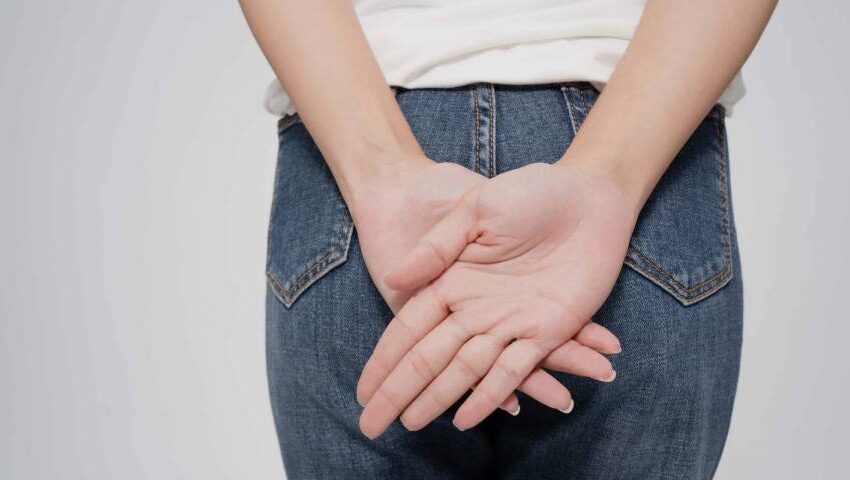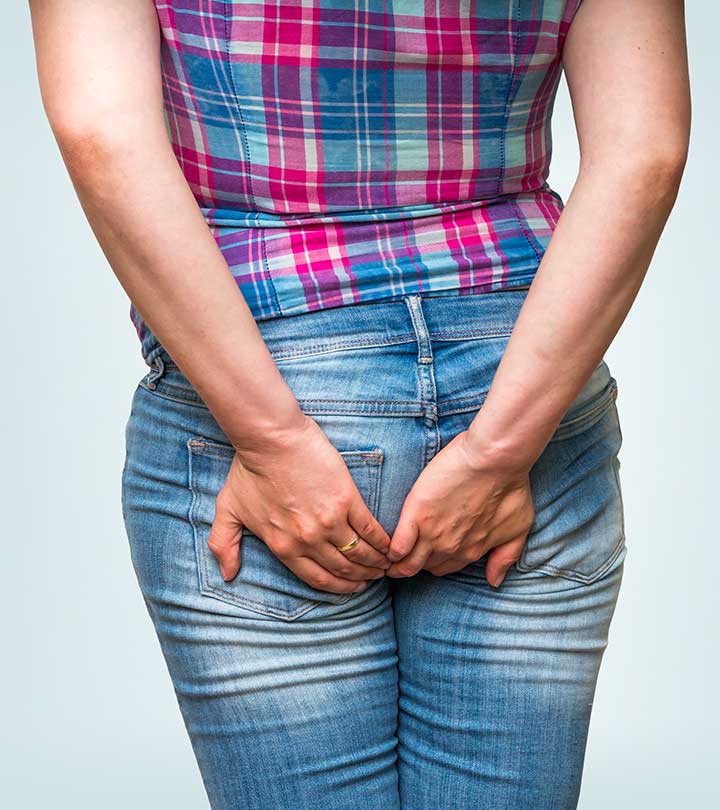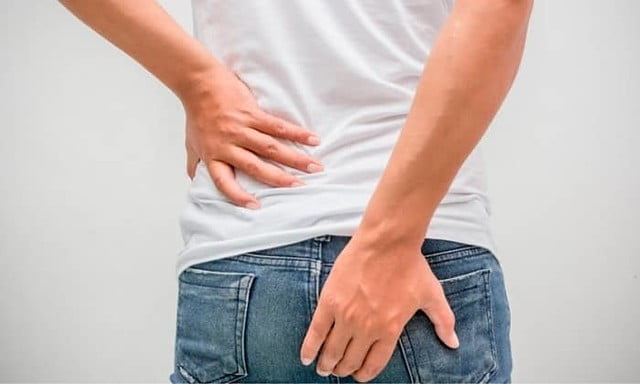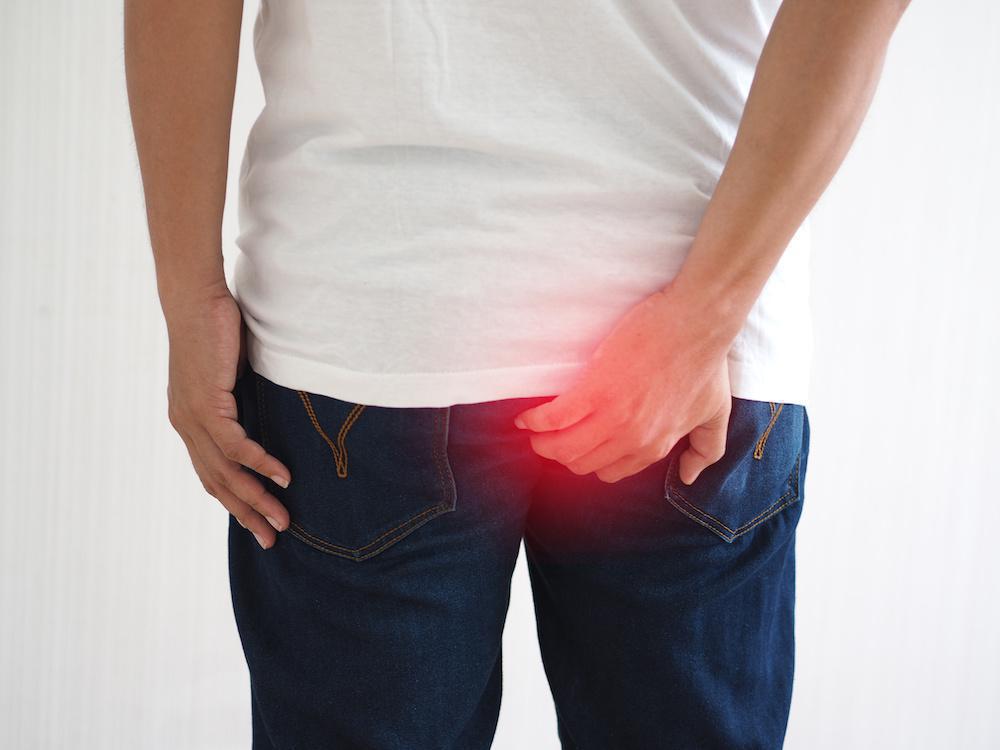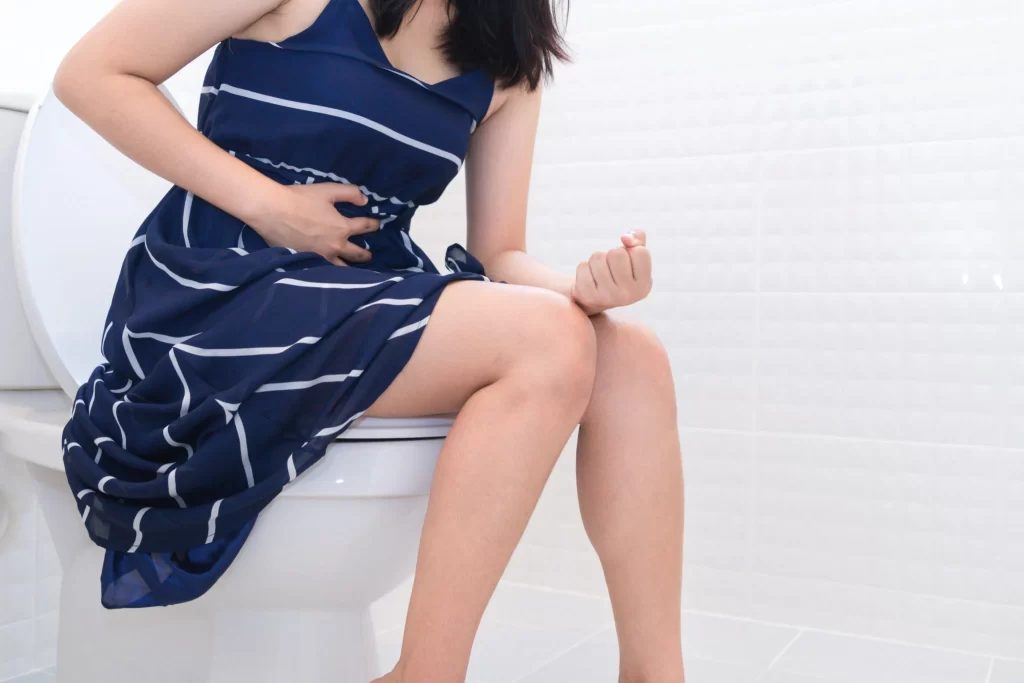What is Anal Fissure?
An anal fissure is a small cut or tear in the lining of the anus. The crack in the skin causes severe pain and some bright red bleeding during and after bowel movements
At times, the fissure can be deep enough to expose the muscle tissue underneath
Symptoms of fissure
- Bright red blood on the stool or toilet paper after a bowel movements
- A sensation of cutting, tearing or burning after a bowel action
- Severe rectal pain after bowel movements lasting for hours
- A visible crack in the skin around the anus.
- A small lump or skin tag on the skin near the anal fissure.
Causes of Fissure
- Persistent diarrhoea
- Inflammatory bowel disease (IBD), such as Crohn’s disease and ulcerative colitis
- Pregnancy and childbirth
- Occasionally, a sexually transmitted infection (STI), such as syphilis or herpes, which can infect and damage the anal canal
Laser Treatment
- Laser treatment – Laser Sphincterotomy
- IT is a minimally invasive procedure which usually takes about 15 to 30 minutes
- 1470 nm diode laser to treat anal fissures. The laser beams delivered, via radial fiber destroy the scarred tissue area
What is Anal Fistula?
Symptoms of Fistula
- Pain,Redness and/or Swelling around anus
- Bleeding
- Painful bowel movements
- Fever, malaise
- Foul smelling liquid oozing from anus
Laser Treatment
Procedure: Laser closure of the anal fistula tract (FiLaC)
This is a painless procedure where the fistula is shut with the help of a laser. A laser beam is used to destroy the abnormal lining of the fistula and complete the removal of any infection in that region. This promotes healing in the region of the fistula.
The FiLaC procedure is performed using a ceramic diode laser platform (12 watts, 1470-nm wavelength). The laser fiber is introduced into the fistula tract via the external orifice until the internal orifice is found. The fiber delivers laser energy homogenously at 360 degree, causing shrinkage of the fistula tract around the fiber .sometimes it needs an additional surgical technique as the closure of the internal orifice with a purse-string suture using 2-0 polyglactin (VicrylR).
What is Hemorrhoids (Piles) ?
Symptoms of Piles
- Bleeding (usually bright red),pain and discomfort after you go to the toilet
- Feeling of a lump in or around your anus
- A slimy discharge of mucus from your anus, which may stain your underwear
- A feeling of ‘fullness’ and discomfort in your anus, or a feeling of incomplete emptying after toilet
- Itchy or sore skin around your anus
Causes of Piles
- Constipation Extreme strain during bowel discharge
- Long-lasting diarrhea
- Pregnancy is main reason for piles in women as the developing baby exerts pressure on blood circulation
- Persistent cough
- Getting older – your anal canal weakens with age, which makes piles more likely
- lifting heavy objects
Laser Hemorrhoidoplasty
Laser Hemorrhoidoplasty (LHP) is a minimally invasive procedure that uses a 1470-nm diode laser to shrink hemorrhoidal piles, reducing postoperative discomfort and pain. A glass-tipped probe (1.85 mm in diameter) gently delivers energy to the tissues, with half of the laser applied to the submucosal tissue and the rest to the intra-nodal compartment for effective shrinkage. The procedure requires no stitches.
Compared to conventional surgery, laser treatment offers the advantage of fibrotic reconstruction, generating new connective tissue that helps the mucosa adhere to the underlying tissue and prevents recurrence of prolapse. For expert care, consult the best proctologist in Indore.
What is Pilonidal Sinus?
Symptoms of Pilonidal Sinus
- Pain near the tailbone while sitting or standing
- Reddened, sore skin around the area
- Pus or blood draining from the abscess, causing a foul odor
- Warm, tender, swollen area
- Hair protruding from the lesion
- Formation of more than one sinus tract, or holes in the skin
Causes of Pilonidal Sinus
- A combination of changing hormones (because it occurs after puberty), hair growth, and friction from clothes or from spending a long time sitting
- Inborn physical deformities in the buttocks and anal region
- Presence of excessive hair on entire body
Laser treatment (SiLaC)
During this minimally invasive
intervention, A radial fibre connected to a diode laser set at a wavelength of 1470 nm is introduced into the tracts. Fiber delivers energy homogeneously which obliterates the pilonidal cyst and the sinus tract shrinks and closes., completely painless and spectacular healing of pilonidal cyst disease. It takes approximately 30 minutes in most cases
The healing process is thus quicker, easier and mostly without any pain. Recurrences are rare.
Laser surgery is clearly better compared to other surgical procedures.
What is Anal Fissure?
An anal fissure is a small cut or tear in the lining of the anus. The crack in the skin causes severe pain and some bright red bleeding during and after bowel movements
At times, the fissure can be deep enough to expose the muscle tissue underneath
Symptoms of fissure
- Bright red blood on the stool or toilet paper after a bowel movements
- A sensation of cutting, tearing or burning after a bowel action
- Severe rectal pain after bowel movements lasting for hours
- A visible crack in the skin around the anus.
- A small lump or skin tag on the skin near the anal fissure.
Causes of Fissure
- Persistent diarrhoea
- Inflammatory bowel disease (IBD), such as Crohn’s disease and ulcerative colitis
- Pregnancy and childbirth
- Occasionally, a sexually transmitted infection (STI), such as syphilis or herpes, which can infect and damage the anal canal

Laser Treatment
- Laser treatment – Laser Sphincterotomy
- IT is a minimally invasive procedure which usually takes about 15 to 30 minutes
- 470 nm diode laser to treat anal fissures. The laser beams delivered, via radial fiber destroy the scarred tissue area
What is Hemorrhoids (Piles) ?
Symptoms of Piles
- Bleeding (usually bright red),pain and discomfort after you go to the toilet
- Feeling of a lump in or around your anus
- A slimy discharge of mucus from your anus, which may stain your underwear
- A feeling of ‘fullness’ and discomfort in your anus, or a feeling of incomplete emptying after toilet
- Itchy or sore skin around your anus
Causes of Piles
- Constipation Extreme strain during bowel discharge
- Long-lasting diarrhea
- Pregnancy is main reason for piles in women as the developing baby exerts pressure on blood circulation
- Persistent cough
- Getting older – your anal canal weakens with age, which makes piles more likely
- lifting heavy objects

Laser Hemorrhoidoplasty
Advantage if using laser compare to conventional surgery, fibrotic reconstruction generates new connective tissue, which ensures that the mucosa adheres to the underlying tissue. This also prevents the occurrence or recurrence of a prolapsed
What is Pilonidal Sinus?
Symptoms of Pilonidal Sinus
- Pain near the tailbone while sitting or standing
- Reddened, sore skin around the area
- Pus or blood draining from the abscess, causing a foul odor
- Warm, tender, swollen area
- Hair protruding from the lesion
- Formation of more than one sinus tract, or holes in the skin
Causes of Pilonidal Sinus
- A combination of changing hormones (because it occurs after puberty), hair growth, and friction from clothes or from spending a long time sitting
- Inborn physical deformities in the buttocks and anal region
- Presence of excessive hair on entire body

Laser treatment (SiLaC)
The healing process is thus quicker, easier and mostly without any pain. Recurrences are rare.
Laser surgery is clearly better compared to other surgical procedures.
What is Anal Fistula?
Symptoms of Fistula
- Pain,Redness and/or Swelling around anus
- Bleeding
- Painful bowel movements
- Fever, mailaise
- A foul-smelling liquid oozing


Laser Treatment
This is a painless procedure where the fistula is shut with the help of a laser. A laser beam is used to destroy the abnormal lining of the fistula and complete the removal of any infection in that region. This promotes healing in the region of the fistula.
The FiLaC procedure is performed using a ceramic diode laser platform (12 watts, 1470-nm wavelength). The laser fiber was introduced into the fistula tract via the external orifice until the internal orifice was found. The fiber delivered laser energy homogenously at 3600, causing shrinkage of the fistula tract around the fiber .sometimes it needs an additional surgical technique as the closure of the internal orifice with a purse-string suture using 2-0 polyglactin (VicrylR).
Book a Consultation with the Best Proctologist in Indore
- Expert team of specially trained proctology surgeon and gynecologist
- Most Advance Laser Therapy
- Day Care Procedure
- Fast Recovery in 1-3 Days
- No scar
- Excellent success rate

Advantages of Laser Treatment for proctology over Conventional Surgical Methods
| Main Feature | Laser | Surgical Procedure |
| Hospital Stay | Daycare | 3-7 Days |
| Pain (Post-Operative) | Low | High |
| Chance of Recurrence | Low | High |
| Post surgical Complication | Low | High |
| Recovery Time | Short | Long |
| Chance of Infection | Low | High |

